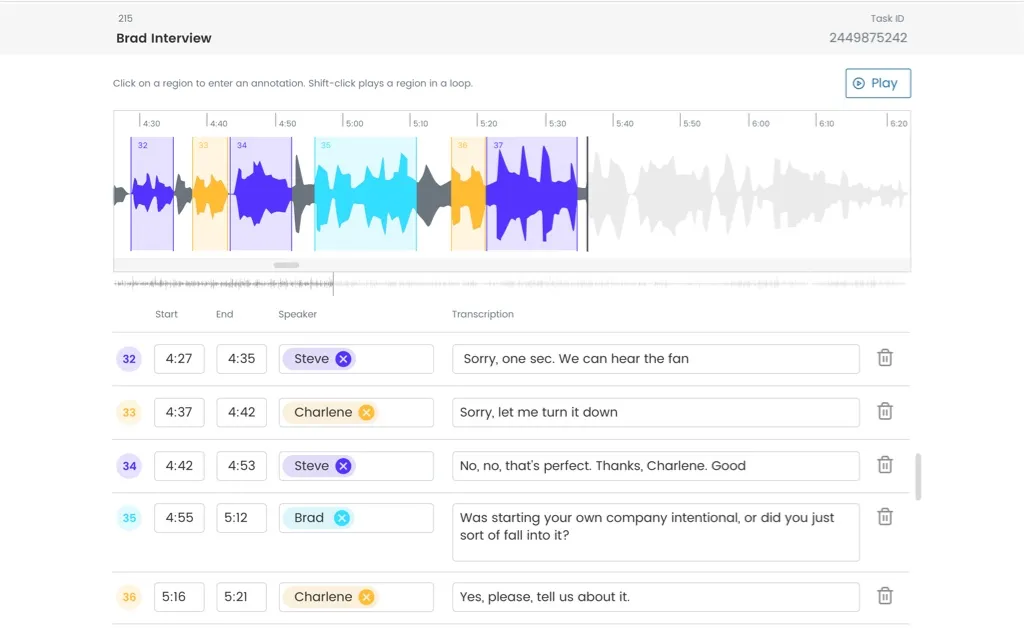Guindo Design
Strategic Digital Product Design
Design of Productivity Tools with AI
We create, together with your team, intelligent digital tools that truly enhance efficiency and human decision-making.
We conceptualize productivity applications where AI provides real and practical value. We know that the best technology is the one that integrates transparently into daily life: our solutions automate repetitive tasks, help organize information, and anticipate needs, but always putting the user at the center and giving them control.
The future of productivity is intelligent and human
We design digital products with AI that understand the language and needs of their users, automating processes but ensuring that the technology is accessible and useful, not a black box.
Our experience has taught us that the best AI is the one that is understood and leveraged. That's why:
- We design clear interfaces where it is understood how and why AI makes decisions. The user always has control, never controlled by the tool.
- We create systems that learn gradually and generate relevant suggestions without overwhelming: trust is earned little by little.
- We integrate adjustment and review points in automated flows, to fine-tune the behavior of the AI according to the way each team works.
- We show what data the AI uses and how it learns, so that each person can decide the level of automation and personalization at any time.
How we design productivity tools with AI
- In-depth analysis of data and habits
We study how the product is used, detect patterns, and propose solutions based on real business and team needs. - Precise definition of use cases
We automate only what adds value. We decide together which processes to automate, predict, or personalize, always ensuring that the human retains control. - Prototyping with AI from the beginning
We test in real scenarios, with functional data and models, not just with static wireframes. This is how we validate how the AI will work from the first moment. - Validation with users and AI systems
We test the experience and measure the real value that the AI provides: does it increase productivity? Does it simplify work or add unnecessary steps?
Recommended article:
AI in product design: much more than a trend
Types of intelligent tools we develop
Predictive dashboards
- Panels that show data and predict trends
- Smart alerts that automatically highlight anomalies
- Visualizations adapted to the user's context
Conversational assistants
- Interfaces that simplify complex tasks
- Automation of reports by voice or text
- Contextual suggestions based on real work
Management tools
- CRMs that propose next actions based on behavior
- Planning that automatically optimizes resources
- Workflows that evolve with team preferences
SaaS platforms
- Interfaces that adapt to each role
- Personalized recommendations based on machine learning
- Automation of routine tasks with human supervision
